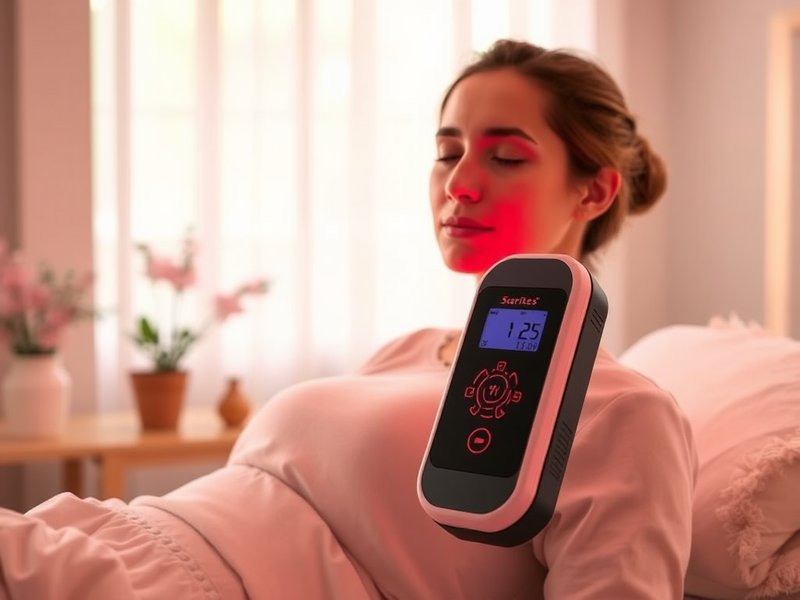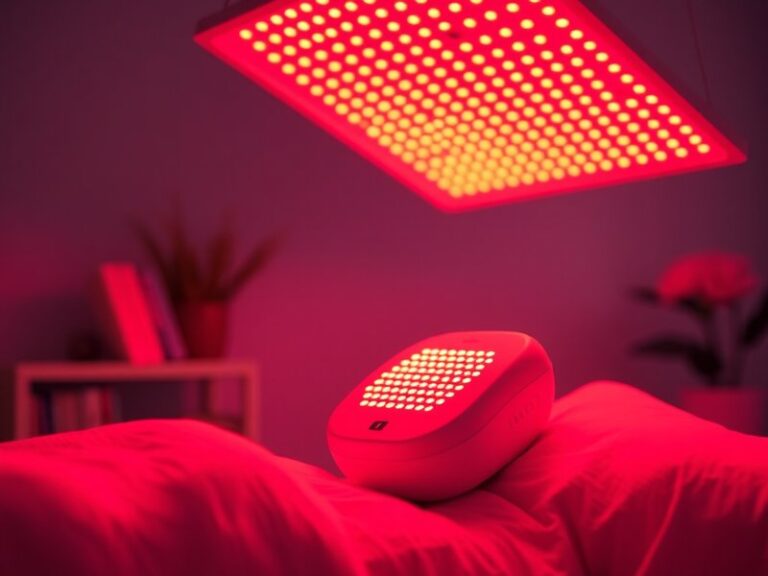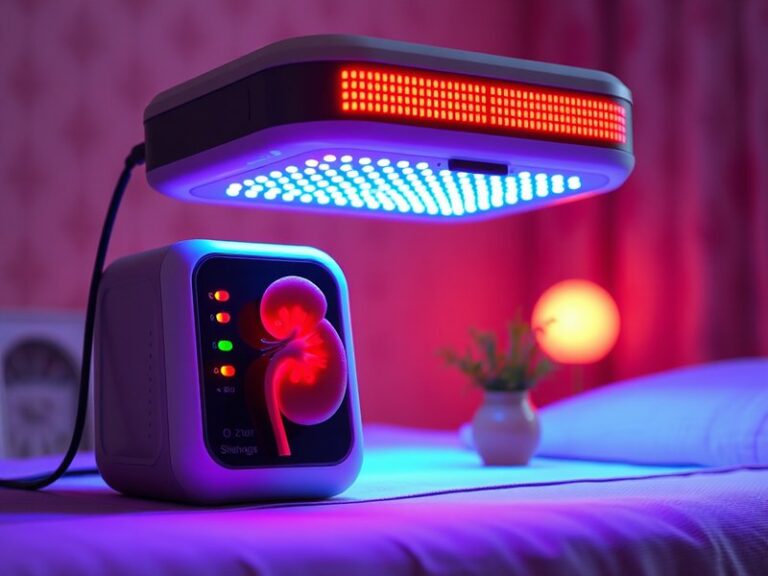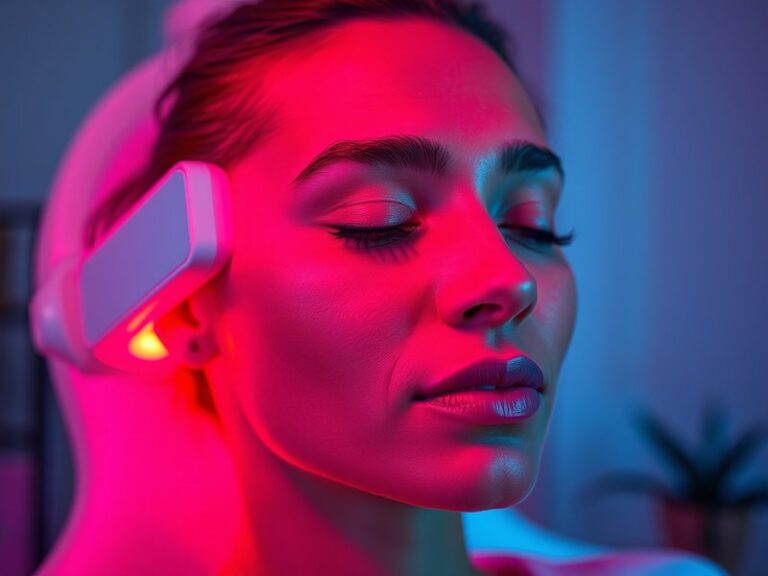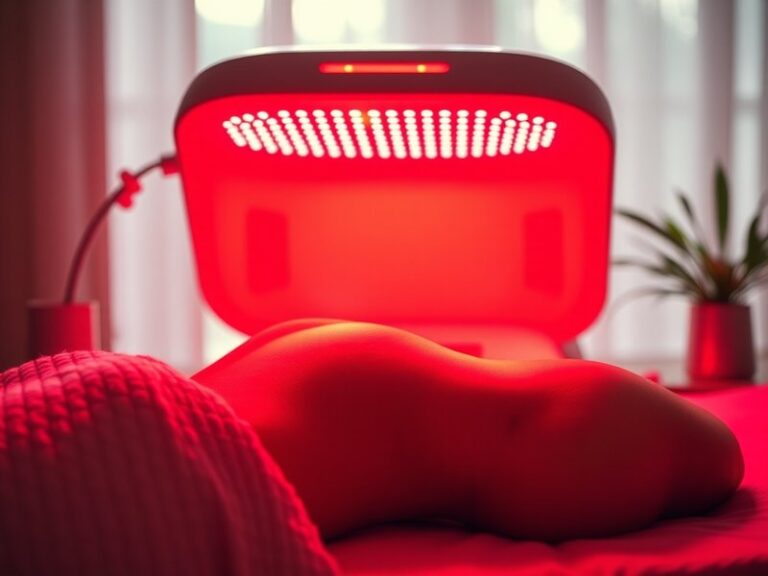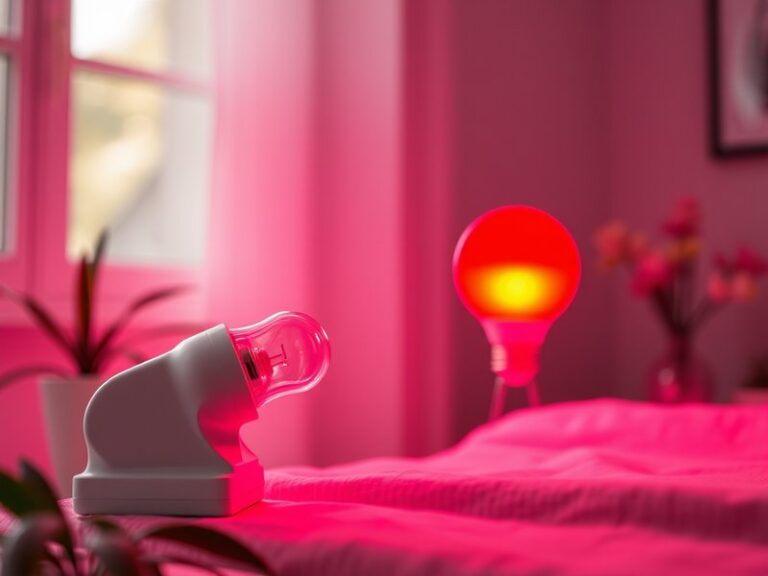How Often Should You Red Light Therapy?
How Often Should You Red Light Therapy?
Are you curious about the optimal frequency for red light therapy to achieve the best results? With the growing popularity of this non-invasive treatment, understanding how often to undergo sessions can significantly impact your overall results.
This article will cover the recommended frequency for red light therapy, the benefits of this treatment, considerations before starting, and alternatives. By the end, you’ll have a clearer understanding of how to incorporate red light therapy into your wellness routine effectively.
Key Takeaways
- Regular sessions of red light therapy can enhance skin health, improve recovery time, and reduce inflammation.
- The recommended frequency can vary based on personal health goals, making individual consultation important.
- Alternatives exist for those who may not find red light therapy suitable for their needs.
What is Red Light Therapy?
Red light therapy (RLT) is a treatment that uses low wavelength red light to improve skin conditions, reduce pain, and promote healing in various parts of the body. The therapy works by penetrating the skin and stimulating cellular processes, which can lead to improved energy production within cells and encourage tissue regeneration.
Check out our analysis Red Light Therapy Usage Frequency
This therapy is often used in clinics, spas, and even at home with various devices that emit the red light wavelengths. It is considered safe, non-invasive, and relatively easy to incorporate into a health and wellness regimen.
What are the Benefits of Red Light Therapy?
Red light therapy offers a multitude of benefits, speaking to its diverse applications across health and wellness. Let’s explore these significant advantages.
Skin Rejuvenation
Red light therapy is renowned for its ability to reduce wrinkles, fine lines, and signs of aging. Studies show that it prompts collagen production, leading to firmer and more elastic skin. Many users experience improved skin tone and texture after regular applications.
Pain Relief and Recovery
Athletes and individuals recovering from injuries often utilize RLT for its analgesic properties. By enhancing blood circulation and reducing inflammation, red light therapy may help alleviate pain and speed up recovery times post-exercise or injury.
Improvement in Hair Growth
Research indicates that red light therapy can stimulate hair follicles, promoting hair growth in those experiencing androgenetic alopecia or other forms of hair loss. Users often report noticeable regrowth and improved hair thickness.
Enhanced Mood and Energy
Emerging studies suggest that red light therapy may positively impact mood and energy levels by reducing symptoms of seasonal affective disorder and fatigue. The therapy helps to energize cells, potentially increasing overall vitality.
Is it Possible to Overuse Red Light Therapy?
Despite its benefits, it’s essential to understand that overusing red light therapy may not yield better results and could lead to adverse effects.
What are the Advantages of Moderated Use?
Maintaining a balanced routine can help ensure optimal benefits.
-
Effective Results: Consistent but moderate exposure supports optimal cell response without overstimulation.
-
Cost-Effective: Following a recommended regimen minimizes excess spending on sessions or devices.
-
Lower Risk of Adverse Effects: Reducing the likelihood of skin irritation or damage by avoiding prolonged exposure.
What are the Disadvantages of Overuse?
Accessing therapy too frequently can lead to complications.
-
Skin Irritation: Overexposure can cause redness or discomfort, negating the treatment benefits.
-
Diminished Enzyme Activity: Excessive light exposure may disrupt balance in cellular processes, leading to potential setbacks in healing.
-
Wasted Resources: Spending more for less effective results can frustrate users seeking relief or improvement.
What are the Things to Consider Before Starting Red Light Therapy?
Before embarking on a red light therapy regimen, it’s crucial to take certain factors into account.
Personal Health Goals
Understanding what you aim to achieve with red light therapy can help tailor your sessions for maximum efficacy. Whether targeting skin conditions, muscle recovery, or mood enhancement, knowing your purpose can guide how often you should go for treatment.
Skin Types and Sensitivities
Individual skin types react differently to light exposure. Be mindful of your baseline sensitivity and consult a professional if you have concerns regarding how your skin might react to red light therapy.
Get the complete picture Duration of Red Light Therapy
Consultation with a Professional
Seeking advice from a healthcare professional can help in determining an appropriate therapy frequency. Personalized recommendations based on your health status will ensure you safely maximize the benefits of treatment.
What are the Alternatives to Red Light Therapy?
If red light therapy isn’t the right fit, there are alternative options available.
Laser Treatments
Laser therapies also utilize light wavelengths to treat skin conditions, promote rejuvenation, and reduce pain. They can sometimes provide more immediate results but may come with more extensive recovery times.
Infrared Saunas
These saunas utilize infrared light to penetrate deeper into the skin compared to traditional saunas. They can promote detoxification, relaxation, and may also contribute positively to muscle recovery.
Cold Laser Therapy
Different from red light therapy, cold laser therapy (or low-level laser therapy) focuses on stimulating healing without the heat. This may be preferable for people sensitive to heat or those looking solely for pain relief.
Conclusion: Is it Recommended to Use Red Light Therapy?
In conclusion, red light therapy is a versatile treatment option that can offer a variety of health benefits when used appropriately. The frequency of sessions can depend on individual goals and health conditions, so consulting with a professional is advisable. With proper use, red light therapy can significantly enhance wellness and accelerate recovery.
Frequently Asked Questions
How long is a typical red light therapy session?
A standard session lasts anywhere from 10 to 30 minutes, depending on the device and the treatment area.
Can I perform red light therapy at home?
Yes, there are home devices available that provide effective red light therapy. Ensure that you follow the manufacturer’s guidelines for use.
Are there any side effects?
While red light therapy is generally considered safe, overexposure can lead to skin irritation or discomfort. Always follow recommended guidelines.
How soon can I expect results from red light therapy?
Some benefits can be observed within a few sessions, particularly for skin and pain relief, while full results may take weeks to notice, depending on the treatment goals.
Is red light therapy safe for everyone?
Most people can safely use red light therapy, but it’s vital to consult with a healthcare professional if you have underlying health issues, are pregnant, or have specific skin conditions.
